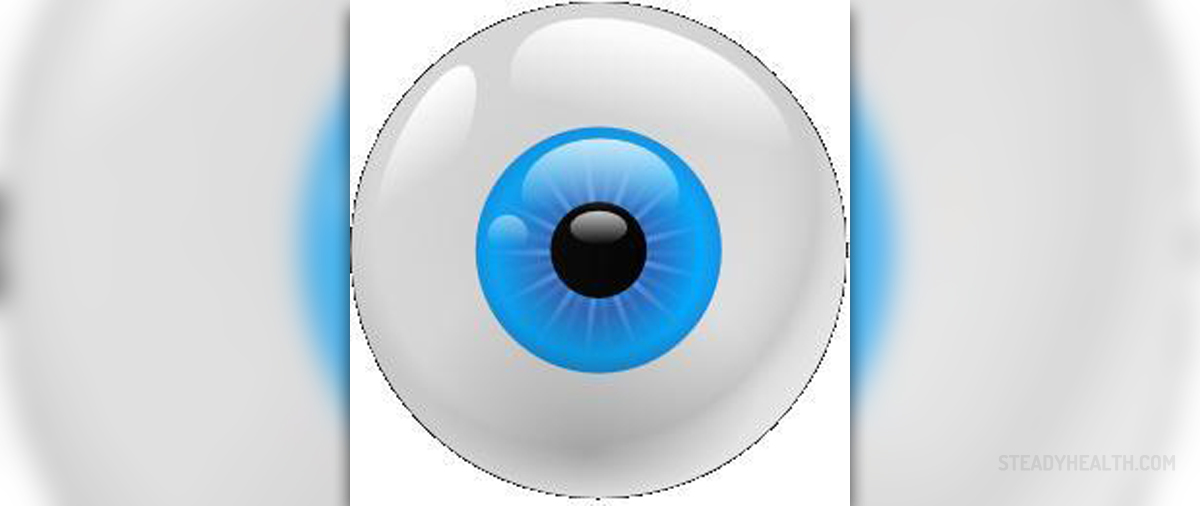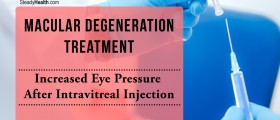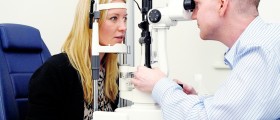
Glaucoma is usually an inherited eye condition, known to cause increased intraocular pressure (ocular hypertension) and build-up of fluids between the iris and the cornea of the eye. Because of these problems the optic nerve gets damaged, leading to permanent vision problem which progresses over time and may cause complete loss of vision if left untreated.
As in many other medical conditions early detection is the best solution for prevention of complications that may arise from glaucoma. Besides prevention, patients diagnosed with glaucoma in early stages may not need to have surgical intervention. To diagnose the condition, doctors will dilate patient’s eyes and then check his/her intraocular pressure using tonometry test. Ophthalmologist may also need to check loss of peripheral vision which is achieved by assessing patient’s visual field.
Who can Develop Glaucoma?
People with a family history of glaucoma are very likely to experience this problem themselves, especially if they are over 45 years of age. African Americans and individuals of Scandinavian, Irish, Russian, Hispanic and Japanese origin are discovered to be more prone to glaucoma than some other people. Most patients are older people but the condition may also be diagnosed in babies, children or some young adults.
Several conditions are also known to contribute to development of glaucoma. Diabetes and high blood pressure (hypertension) are well known to cause eye problems, as well severe infections, inflammation and injuries of the eye.
Types of Glaucoma and Symptoms
There are open-angle and closed-angle glaucoma. Open-angle glaucoma is more often diagnosed than closed-angle condition and this problem is caused by failure of eye drainage. The most common cause of closed-angle problem is sudden build-up of pressure in the eye because of eye trauma or some chemical burn.
Patients commonly experience pain and redness of the eyes, nausea, vomiting, as well as halos around the lights and tunnel vision. Some patients may experience impairment or loss of peripheral vision, blurry images or headaches. Although many times people tend to say that all these symptoms are happening because of the aging process, never ignore such problems and consult your doctor. Eye Surgery for Glaucoma
The only two treatments available for glaucoma patients are medications or surgical procedure. Surgery may be recommended for both open-angle and closed-angle glaucoma. Eye drops can be used to decrease retention of fluid in the eye or to increase impaired drainage. If this does not improve the problem, patients have couple of surgical procedures to resolve the problem, including cyclophotocoagulation, iridotomy and trabeculoplasty. Any of these procedures should increase eye drainage and eliminate existing blockage in the eye and for that purpose surgeons use laser beams in different parts of the eye.
Trabeculectomy is yet another possible surgical option, creating new outlet for eye drainage. What surgery is the best for the particular patient should be doctor’s choice, after careful examination of the eye and a visual field test.
However, regardless the treatment, glaucoma is not reversible or curable and no therapy can prevent it from developing. The only way to catch it in early stages is to perform annual eye exams and consult your doctor if any symptoms appear.

















Your thoughts on this
Loading...